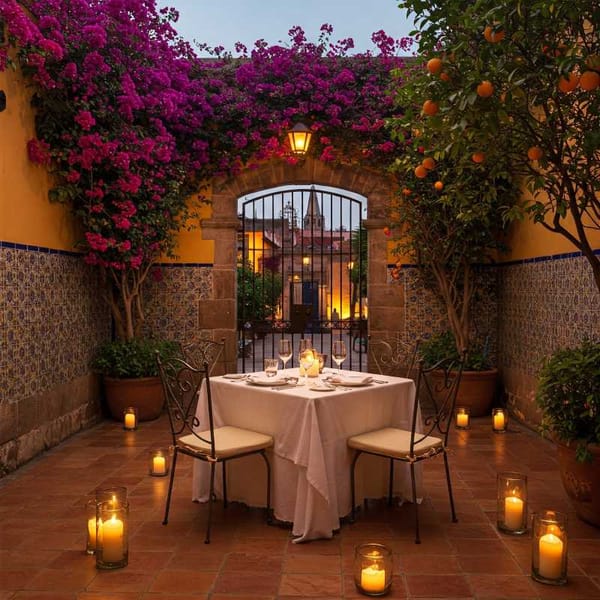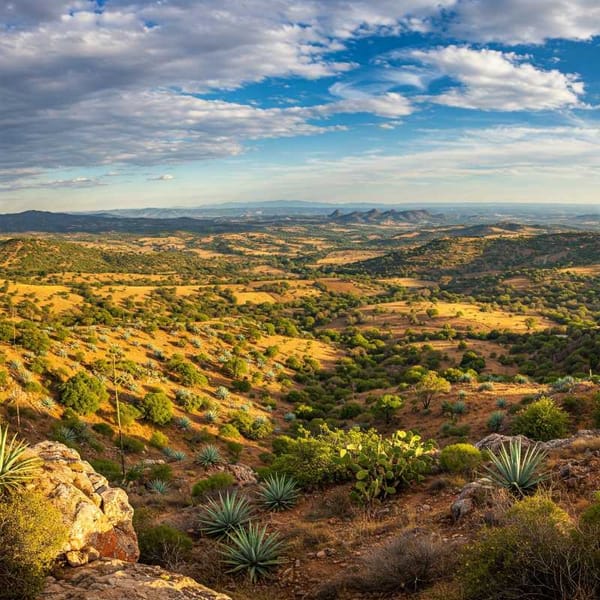Tracing the Bold Strokes of Juan O'Gorman's Brush
Juan O'Gorman: Architect and muralist extraordinaire, his Central Library is Mexico's Eiffel Tower, blending pre-Hispanic and European influences. Beyond aesthetics, his schools championed hygiene, anticipating modern needs.

Juan O'Gorman was a man committed to architecture and art in Mexico and for Mexico. His murals contain messages about aspects that are our own, of which we should be proud; an example of this is the Central Library in Ciudad Universitaria, his most important and best known work.
“Besides being the most photographed building in the country, it is recognized anywhere in the world, like the Eiffel Tower, and it is something to be proud of, both of our pre-Hispanic and European past”.




